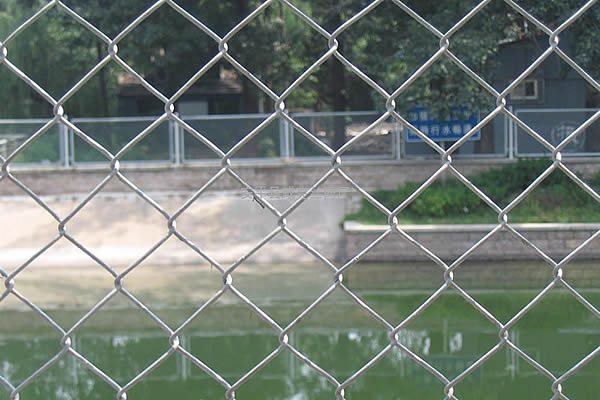 TEL:
+86-13102802206
TEL:
+86-13102802206
 Email:
fencenetting@china.com
Email:
fencenetting@china.com
 Language
Language
 TEL:
+86-13102802206
TEL:
+86-13102802206
 Email:
fencenetting@china.com
Email:
fencenetting@china.com
 Language
Language


The Rise of 5% 2016 Stainless Cable A Revolutionary Material in Modern Engineering
In the world of engineering and construction, the materials used can significantly impact the efficiency, safety, and durability of structures and products. Among the many innovations in material science, the 5% 2016 stainless cable has emerged as a noteworthy advancement. This novel cable has redefined expectations in various industries, from marine applications to architecture, thanks to its unique properties and versatility.
Understanding 5% 2016 Stainless Steel
The term 5% 2016 stainless cable refers to a specific composition of stainless steel that includes 5% of manganese, which enhances its overall performance. The 2016 alloy is characterized by its exceptional corrosion resistance, tensile strength, and ductility. This combination makes it an ideal choice for cable manufacturing in environments that are often exposed to harsh conditions, such as saltwater or extreme temperatures.
One of the standout features of 5% 2016 stainless cable is its resistance to corrosion. Unlike traditional steel cables that might rust and weaken over time when exposed to moisture, the 5% 2016 stainless cable maintains its integrity and aesthetic appeal even in the most challenging environments. This property is particularly valuable in marine applications, where cables must endure saltwater exposure and the flux of non-stop wave action.
Applications Across Industries
The versatility of the 5% 2016 stainless cable allows it to be utilized across a wide array of industries. In construction, for instance, it is commonly used in suspension bridges, elevators, and other structures that require high strength and durability. The cable’s ability to withstand heavy loads without stretching or breaking makes it an excellent choice for these applications.

In the maritime industry, the 5% 2016 stainless cable has been widely adopted for rigging and mooring applications. Its resistance to corrosion ensures that it can endure the harsh marine environment, providing reliable support for sailing vessels and other boats. Additionally, the cable’s lightweight nature without compromising strength makes it ideal for applications where weight reduction is critical, such as in the aerospace sector.
Advantages of Using 5% 2016 Stainless Cable
There are several advantages to using 5% 2016 stainless cable that contribute to its rising popularity. Firstly, its excellent tensile strength means that structures can be designed with slimmer profiles, leading to a reduction in the amount of material required, which not only saves costs but also lessens the environmental impact of construction.
Secondly, the long lifespan of 5% 2016 stainless cable makes it a cost-effective option in the long run. The expenses associated with maintenance and replacements can be significantly reduced, as the cable is less likely to deteriorate or fail. This reliability is crucial in high-stakes environments where failure is not an option.
Lastly, the aesthetic appeal of stainless steel means that the 5% 2016 stainless cable can be used in applications where appearance is essential. Architectural features such as cable railing or support systems can benefit from the sleek look of stainless steel, enhancing the overall design of a structure.
Conclusion
The advent of 5% 2016 stainless cable represents a significant leap forward in materials engineering. Its impressive combination of strength, corrosion resistance, and versatility makes it an ideal choice for a myriad of applications across various industries. As engineers and architects continue to seek innovative ways to improve design and functionality, the 5% 2016 stainless cable is poised to play a crucial role in the future of construction and manufacturing, delivering performance and reliability in a rapidly evolving world.